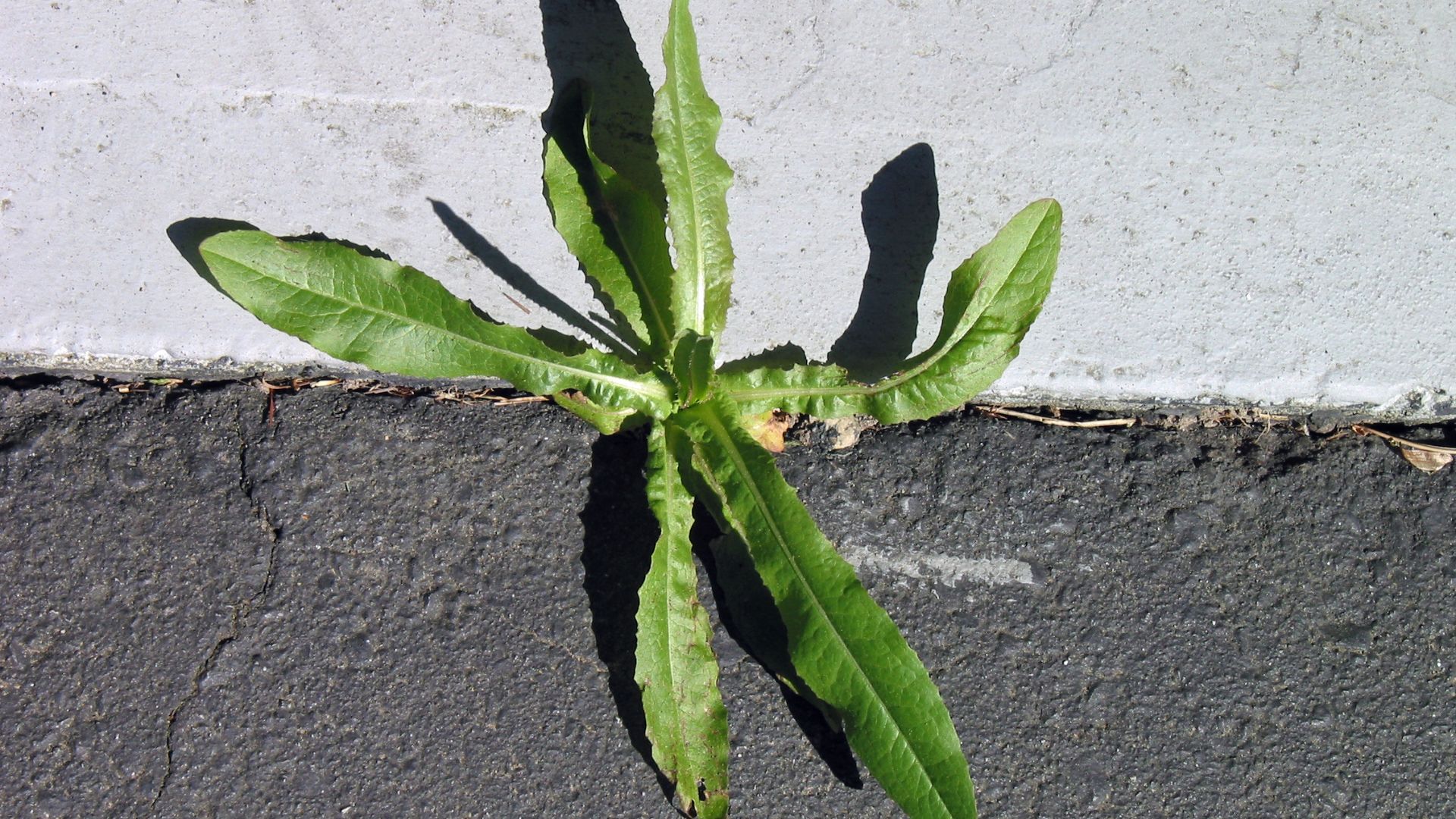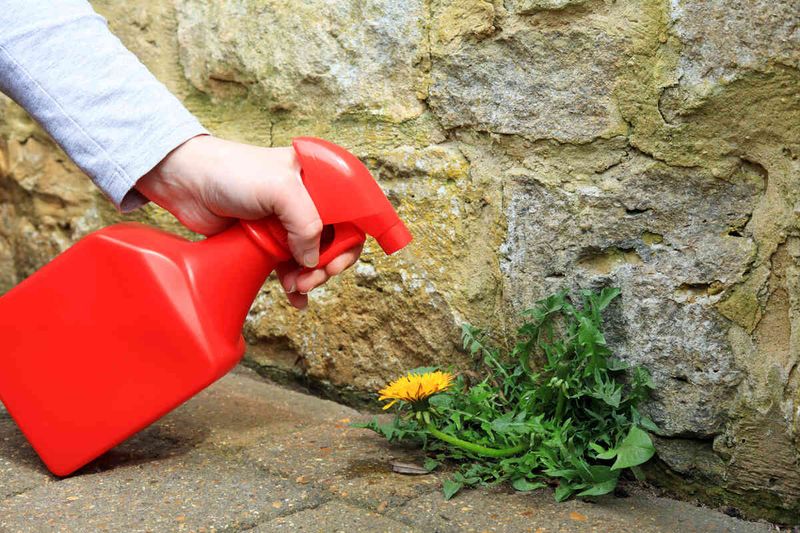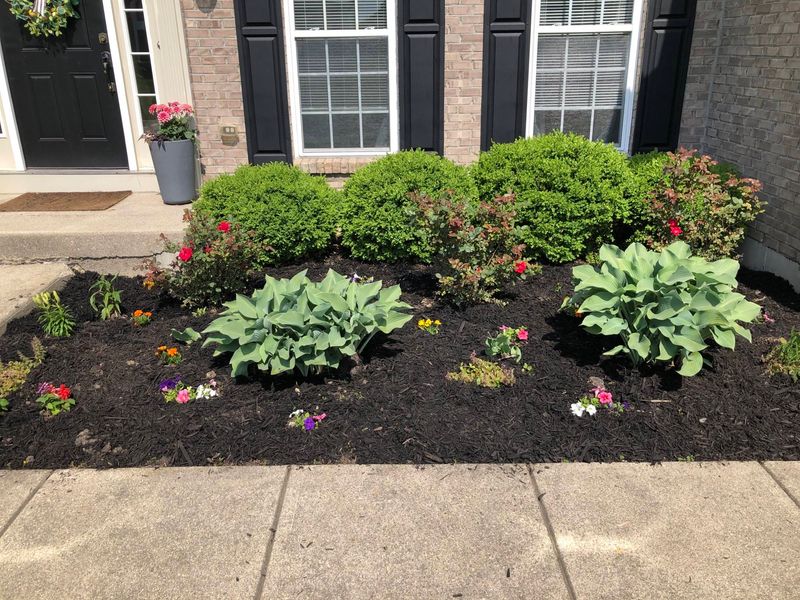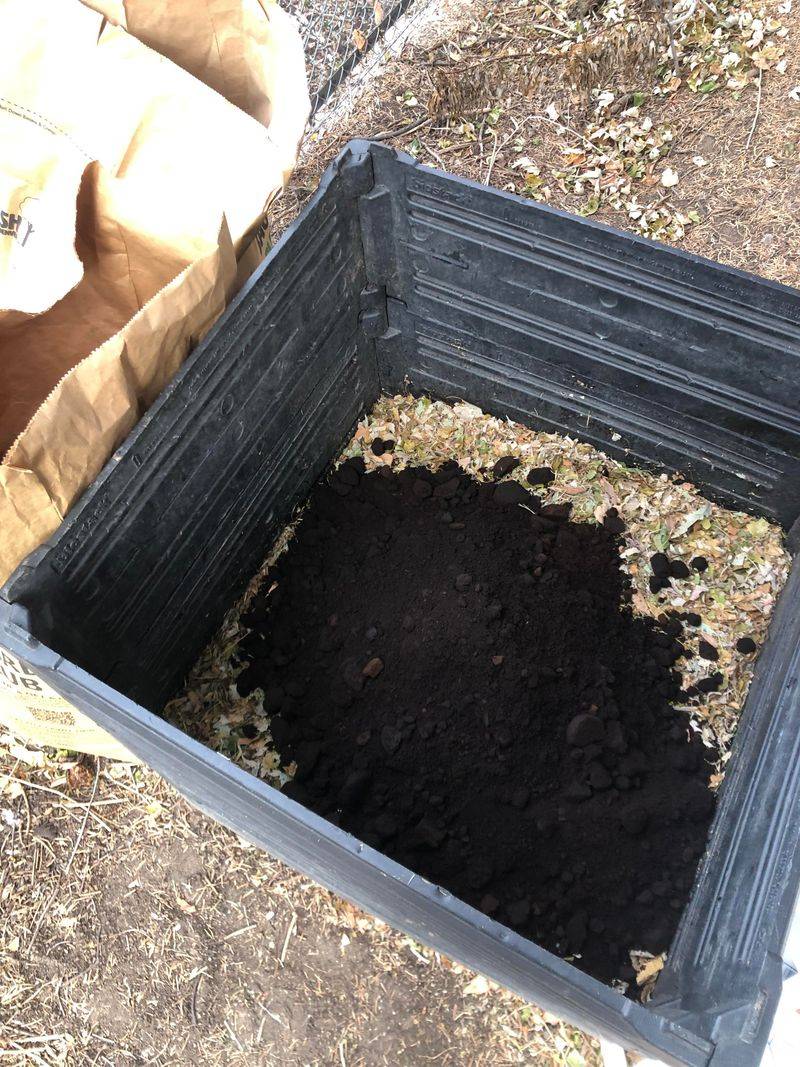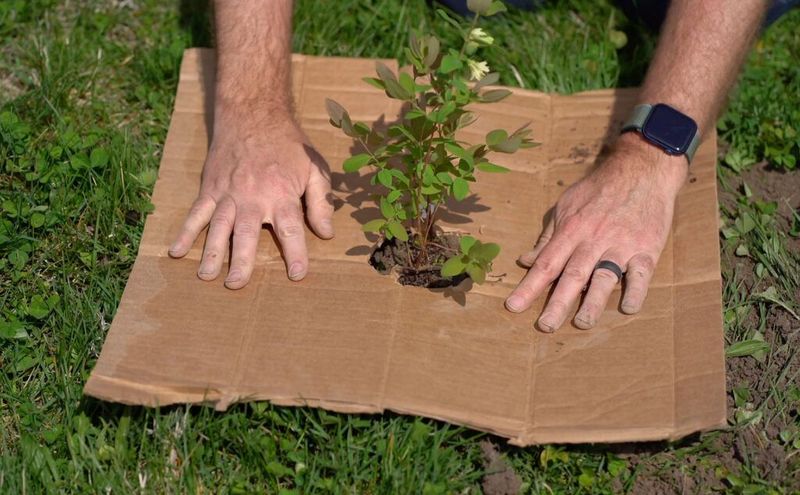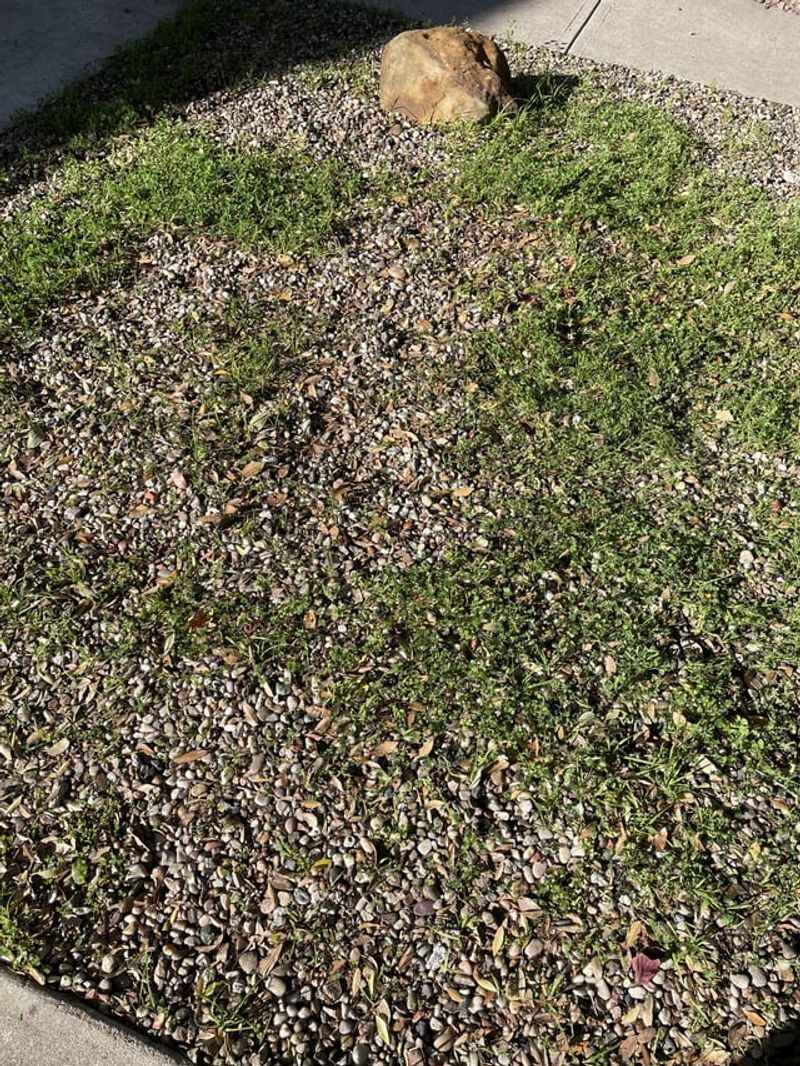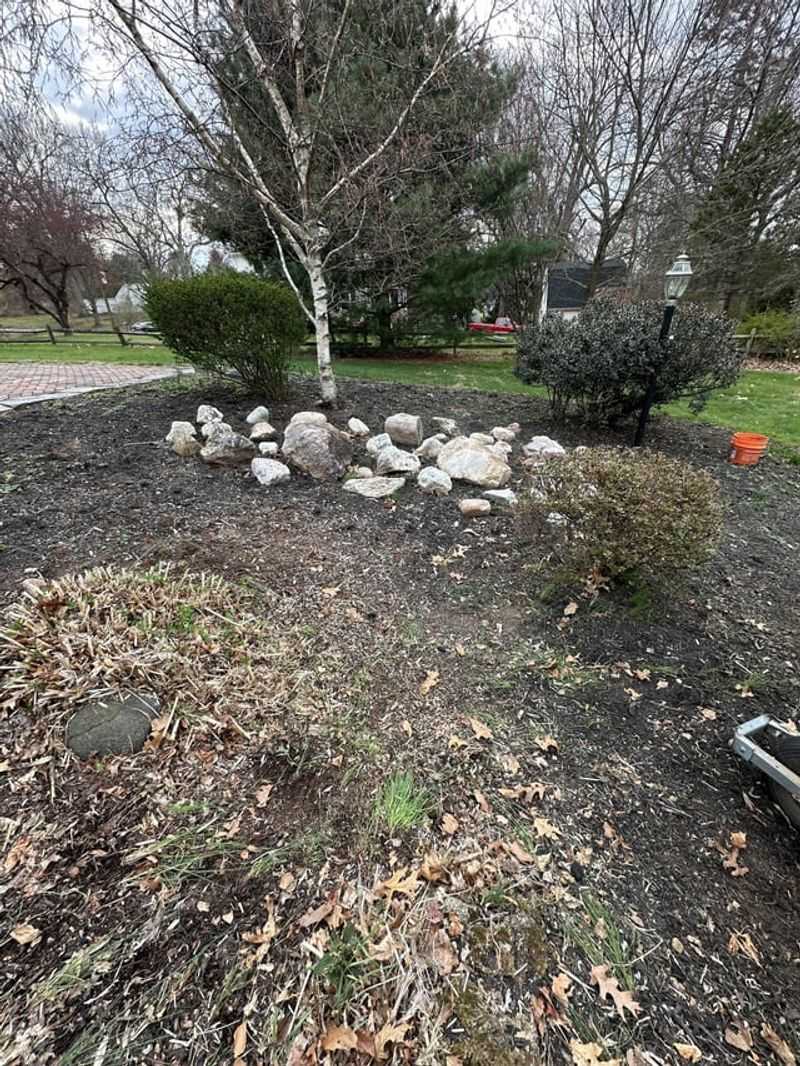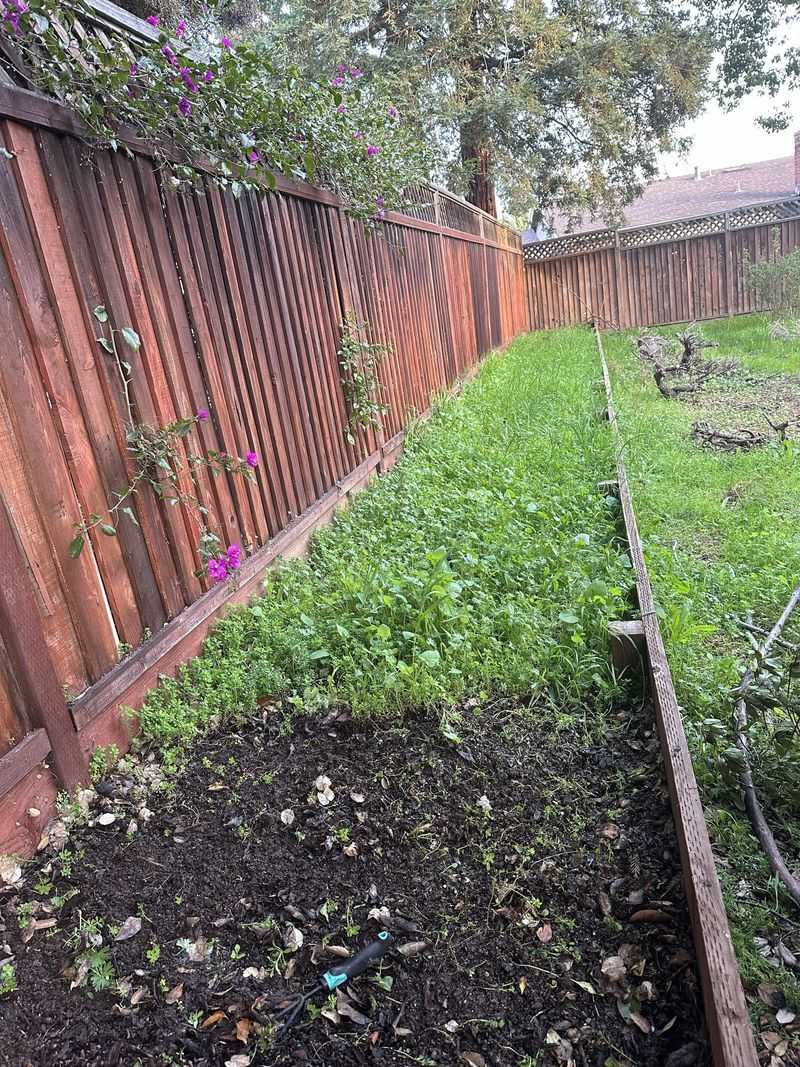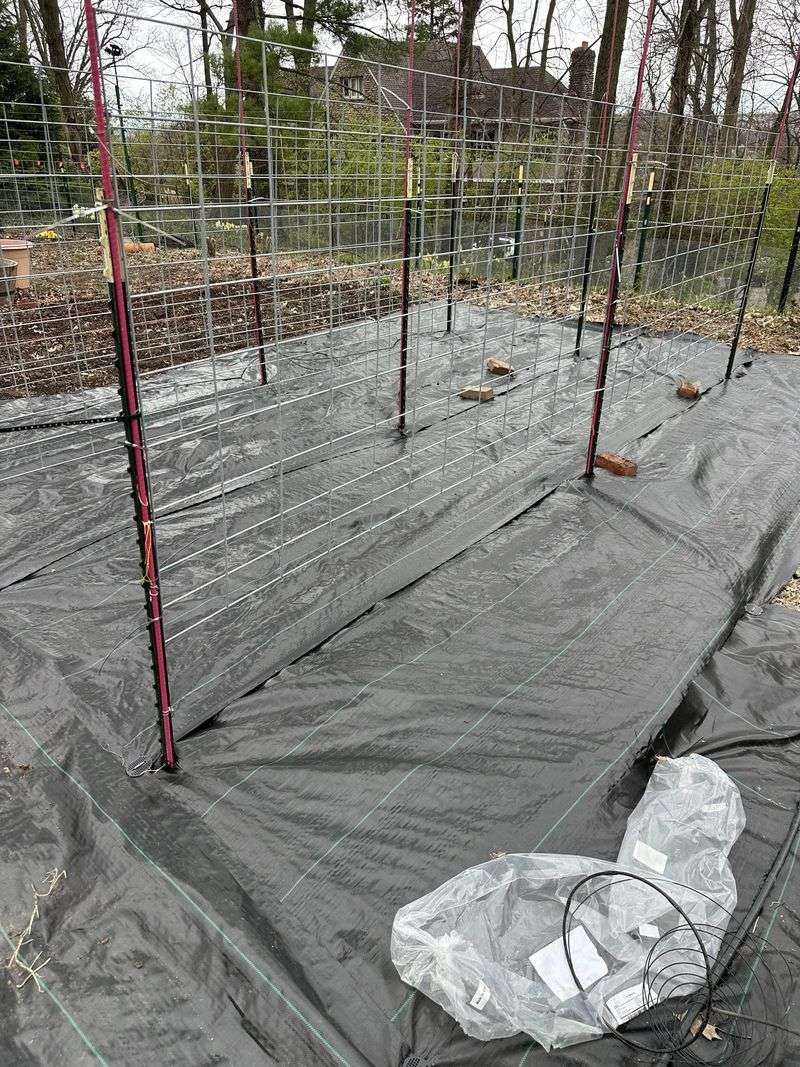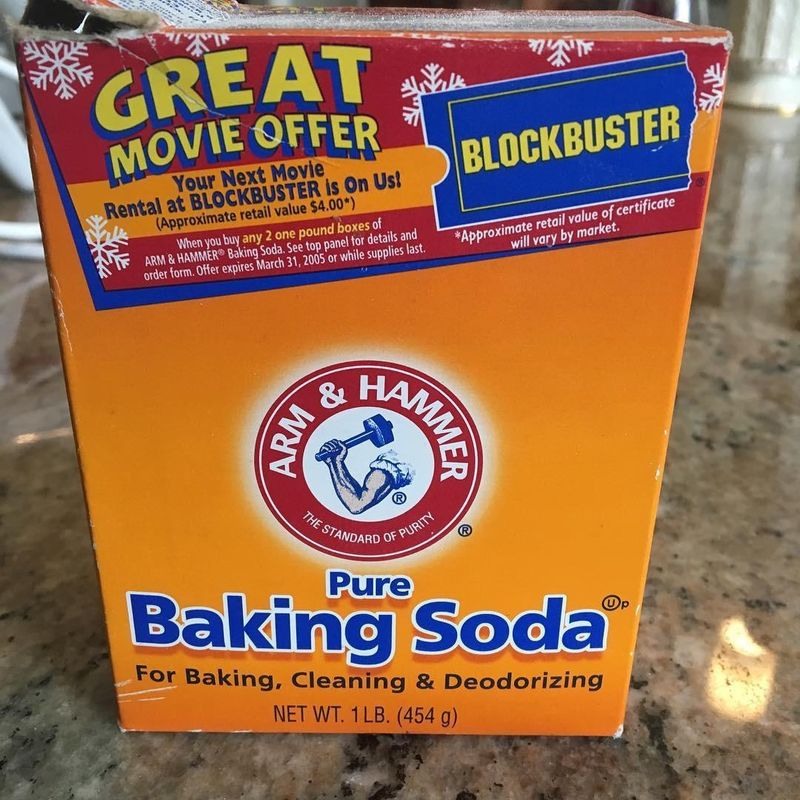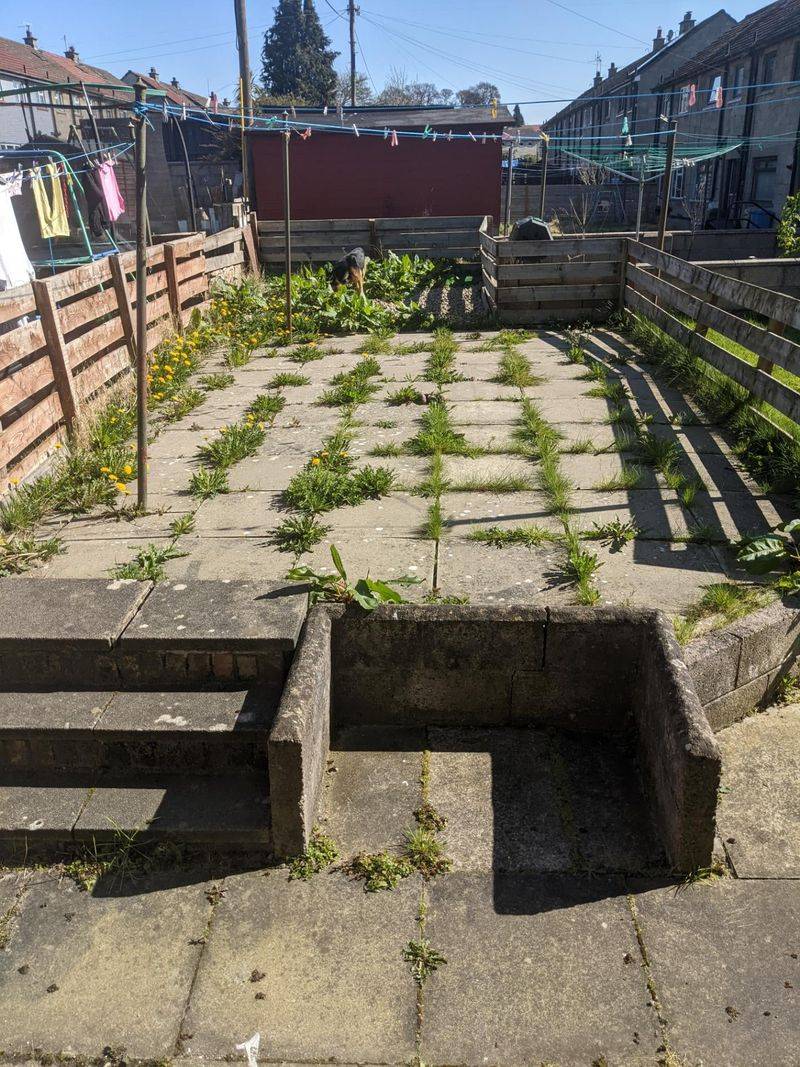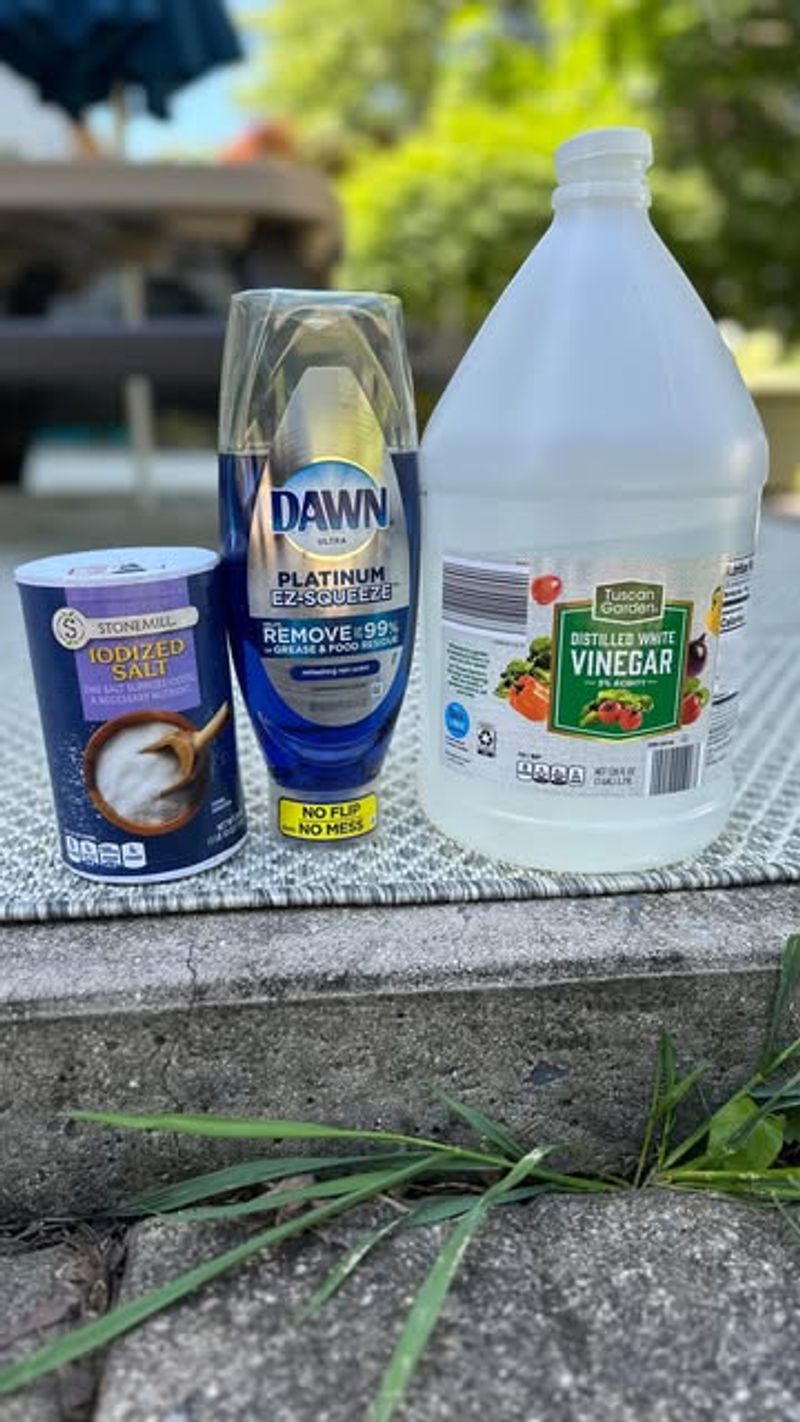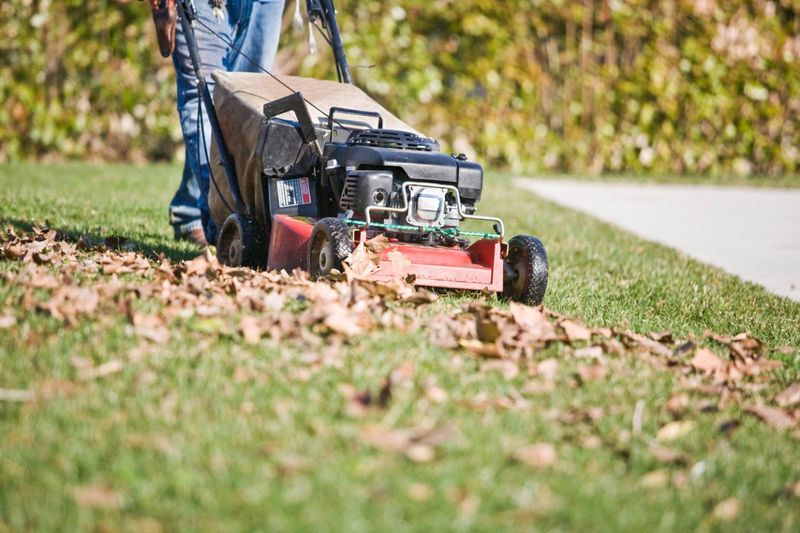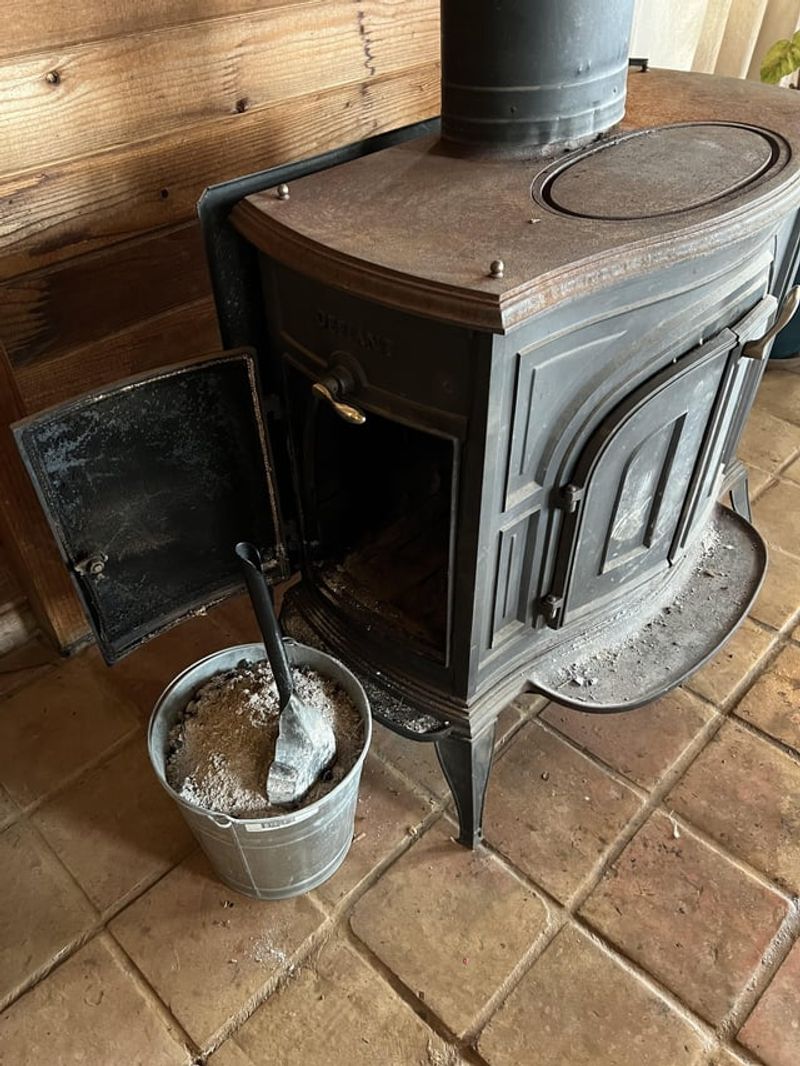Battling weeds is a nonstop challenge for Maine gardeners, especially with the short growing season. Whether you’re digging into coastal soil or planting inland beds, every moment counts—and you don’t want to spend it all yanking sprouts.
Fortunately, many Mainers have found that the best weed-fighting tools are already at home. From pantry staples to repurposed recyclables, these low-cost solutions are both clever and surprisingly effective.
With 15 household items that can tame even stubborn weeds, you’ll save time, money, and your back. It’s all about working smarter—so you can focus on growing, not just surviving your garden’s wild side.
1. White Vinegar
Pour it into a spray bottle and apply directly to weeds on sunny days. The acetic acid burns through unwanted plants, especially in those rocky coastal gardens where weeds seem to thrive despite poor soil.
Many gardeners in Brunswick mix it with a tablespoon of salt and dish soap for extra effectiveness. The mixture works best on young weeds and requires careful application to avoid harming wanted plants.
During hot July afternoons, I’ve watched stubborn dandelions wither within hours after treatment. Just remember this solution works non-selectively, so shield your prized blueberry bushes and vegetables when spraying.
2. Newspaper Layers
Salvage those Bangor Daily News issues by placing several layers directly over weedy areas before adding mulch. The paper blocks sunlight while allowing water to penetrate through to the soil beneath.
In my raised beds near Augusta, four sheets thick prevented weeds for an entire growing season. The newspaper gradually breaks down, adding organic matter to Maine’s often acidic soil.
Unlike plastic barriers, newspaper decomposes naturally by fall harvest. Just be sure to use black and white sections only – colored inks might contain chemicals you don’t want leaching into your soil where you grow food.
3. Used Coffee Grounds
After brewing your morning cup, those grounds become garden gold. Sprinkle them generously around acid-loving plants like blueberries and rhododendrons that thrive in Maine’s naturally acidic soil.
The grounds create a barrier that many crawling insects and slugs avoid crossing. My neighbor in Portland swears they’ve kept her hostas slug-free all season – a minor miracle considering our damp coastal conditions.
Beyond weed suppression, coffee grounds slowly release nitrogen as they decompose. The dark color absorbs heat, warming soil earlier in our notoriously short growing season.
4. Cardboard Boxes
Those Amazon deliveries can find new purpose in your garden. Flatten boxes and remove tape before laying them between rows or around established plants. In my Kennebunkport community garden, cardboard sheet mulching transformed a weed-choked plot into manageable ground.
The thick material blocks light completely, smothering existing weeds and preventing new seeds from sprouting. For best results, overlap edges by at least six inches to prevent gaps where persistent weeds might emerge.
After a season battling the tough quack grass that plagues many Maine gardens, I’ve found few methods more effective than cardboard topped with compost or mulch.
5. Table Salt
Common table salt becomes a powerful deterrent in walkways and gravel areas. A light sprinkling in cracks between patio stones creates an inhospitable environment where weeds struggle to establish.
The method works wonderfully for my driveway in Rockland, though I’m careful to keep salt away from garden beds. Salt changes soil composition and can prevent anything from growing for months or even years.
During early spring, when chickweed first appears between flagstones, a salt treatment after rain proves remarkably effective. Maine’s frequent precipitation means occasional reapplication is necessary, but the results are worth the minimal effort.
6. Boiling Water
The kettle you use for morning tea doubles as weed control. Simply boil water and carefully pour it directly onto unwanted plants. The scalding temperature instantly destroys cell structure, causing weeds to wilt within hours.
This method proves especially effective for weeds growing in sidewalk cracks around my Freeport home. No chemicals means no worries about runoff into Maine’s precious watersheds and coastal areas.
During early summer, when dandelions and plantain emerge between pavers, I make weed-killing part of my weekend routine. One kettle typically handles about ten square feet of walkway – just watch your toes during application!
7. Corn Gluten Meal
This byproduct from corn processing works as a pre-emergent herbicide. Sprinkle it where weeds typically appear in early spring before seeds germinate. The natural proteins inhibit root formation in newly sprouting seeds.
After discovering this at the Common Ground Fair in Unity, I’ve used it religiously in my perennial beds. As an added benefit, corn gluten contains about 10% nitrogen, feeding established plants while preventing new weeds.
Timing matters with this method – application needs to happen before weed seeds germinate. In Maine’s climate, that typically means late April to early May, just as the soil begins warming after our long winters.
8. Old Bed Sheets
Those worn-out flannel sheets find new purpose in the garden as temporary weed barriers. Lay them between rows before planting or around established plants, cutting holes where needed. The fabric allows water through while blocking light.
During cold Maine springs, I’ve noticed an added benefit – the sheets help warm soil faster. After several seasons battling the persistent chickweed in my Damariscotta garden, fabric barriers have become my go-to solution.
Cotton sheets eventually decompose, unlike synthetic landscape fabric that requires removal. By fall harvest, most natural fabric has broken down enough to till directly into the soil, adding a small amount of organic matter.
9. Baking Soda
Sprinkle this pantry staple directly onto cracks in driveways and walkways where stubborn weeds appear. The sodium bicarbonate alters pH levels, creating an environment too alkaline for most weeds to survive.
After spring rains wash through my Bar Harbor property, the walkway cracks become prime real estate for unwanted greenery. A generous application of baking soda keeps them clear through summer.
For persistent weeds like dandelions, dampen the plant first, then apply baking soda directly to the crown. The combination of moisture and powder maximizes effectiveness without risking runoff into Maine’s sensitive watershed areas.
10. Leftover Cooking Water
After boiling pasta or vegetables, that starchy, nutrient-rich water becomes weed killer when applied hot directly to unwanted plants. The heat damages weed leaves while the starchy residue forms a light crust that inhibits regrowth.
In my small Orono garden, I’ve designated a special watering can just for this purpose. The minerals from cooking water actually benefit established plants when poured carefully around their base, avoiding the leaves.
This dual-purpose approach feels particularly satisfying during our short growing season – nourishing desired plants while eliminating competitors in one simple step that requires no additional resources.
11. Carpet Remnants
Natural fiber carpet scraps create long-lasting weed barriers in pathways and between garden rows. In my community garden plot in Belfast, wool carpet remnants have blocked weeds for three consecutive seasons.
Cut pieces to fit, placing them fuzzy-side down with edges overlapping. Unlike plastic mulches, carpet allows water penetration while completely blocking light that weed seeds need to germinate.
When selecting carpet, avoid synthetic materials containing potentially harmful chemicals. The harsh Maine winters actually help break down natural fibers gradually, eventually incorporating them into the soil rather than creating waste.
12. Dish Soap Solution
Mix a tablespoon of regular dish soap with a gallon of vinegar for a powerful weed killer. The soap breaks down the waxy protective coating on leaves, allowing the vinegar to penetrate and destroy plant cells.
This solution works wonders on the persistent chickweed that invades my Brunswick garden each spring. Apply during sunny weather for maximum effectiveness – the combination of soap, vinegar, and solar heat creates the perfect weed-killing trifecta.
A neighbor who tends the community garden plots in town taught me this trick. She recommends applying early morning so the solution has all day to work its magic before evening dew dilutes it.
13. Mulched Leaves
Instead of bagging autumn leaves, run the mower over them and collect for garden use. The shredded leaves form a natural weed barrier while gradually decomposing to enrich Maine’s often thin, rocky soil.
Around my blueberry bushes in Harpswell, a four-inch layer of oak leaf mulch suppressed weeds throughout the growing season. The slight acidity from decomposing leaves creates ideal conditions for acid-loving plants that thrive in our region.
Unlike store-bought mulches, leaf mold harbors beneficial fungi that improve soil structure. After several years of this practice, even my clay-heavy garden plots have developed the rich, crumbly texture that vegetable roots love.
14. Milk Jug Collars
Cut the bottoms from plastic milk jugs to create protective collars around young plants. Press them slightly into the soil to block weeds from sprouting immediately adjacent to vulnerable seedlings.
In my windy Lubec garden near the coast, these collars serve double duty – preventing weed competition while protecting tender plants from harsh salt-laden breezes. The clear plastic creates a mini greenhouse effect, warming soil around plants.
During our cool Maine springs, tomato seedlings surrounded by milk jug collars consistently outperform their unprotected neighbors. The extra few degrees of soil warmth gives them a crucial head start in our short growing season.
15. Wood Ash
After winter evenings by the woodstove, collect cooled ash for garden use. A thin layer spread around established plants creates alkaline conditions that many weeds can’t tolerate, especially in Maine’s naturally acidic soil.
Beyond weed suppression, wood ash adds potassium and calcium that our leached coastal soils often lack. My grandmother in Machias swore that ash from apple wood specifically repelled cabbage worms – though I suspect any hardwood ash provides similar benefits.
Use sparingly around acid-loving plants like blueberries and rhododendrons. For vegetables like tomatoes that prefer slightly sweet soil, a quarter-inch layer worked into the top few inches makes a noticeable difference in plant vigor.

